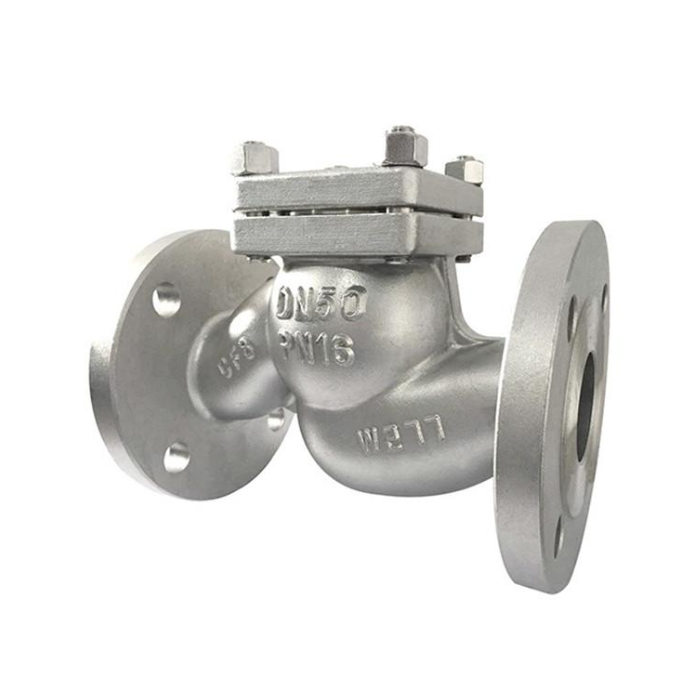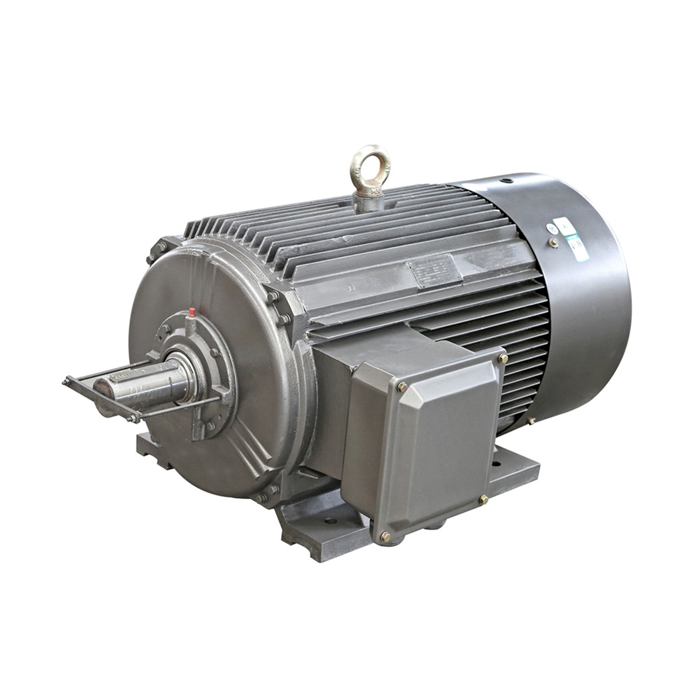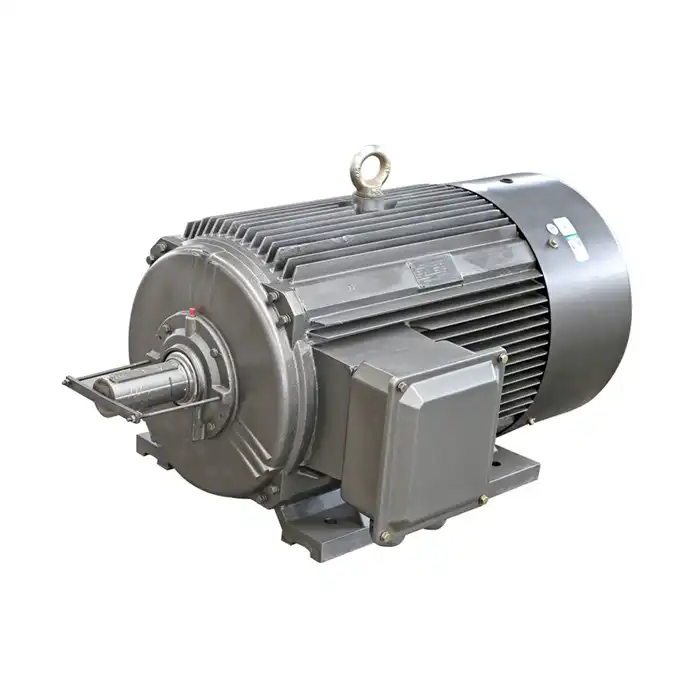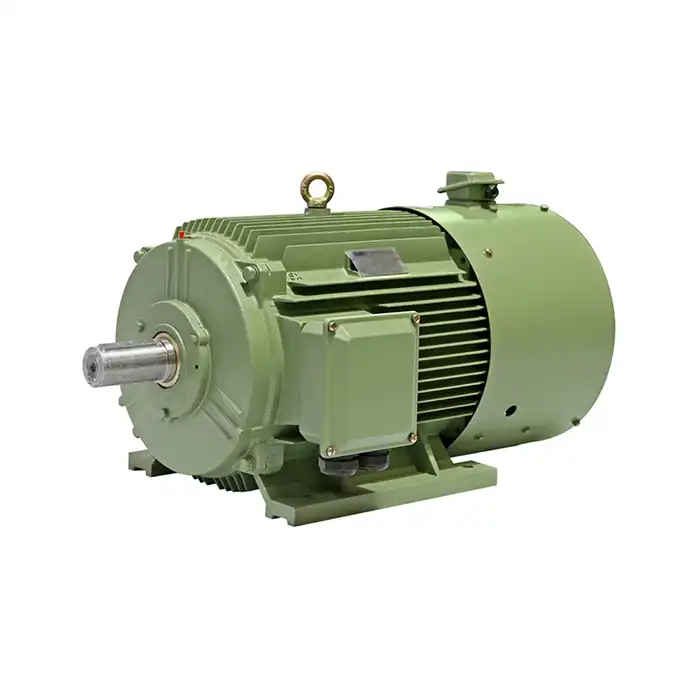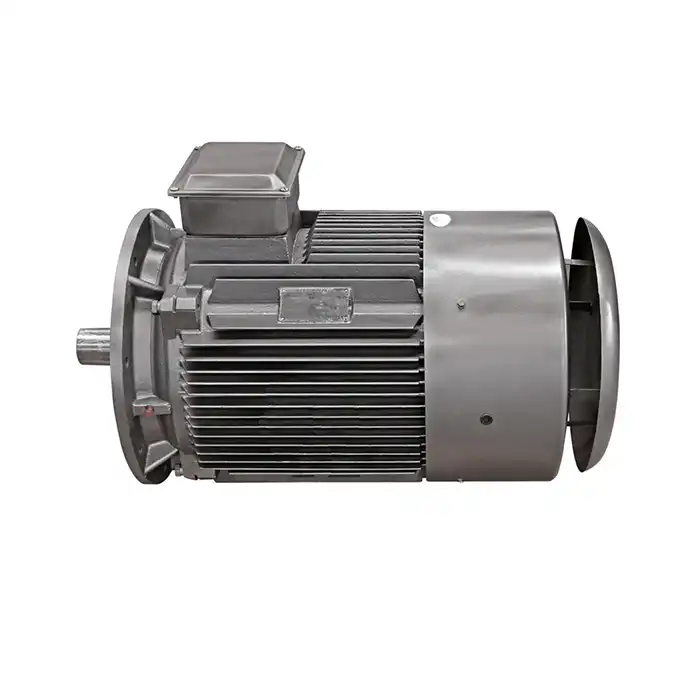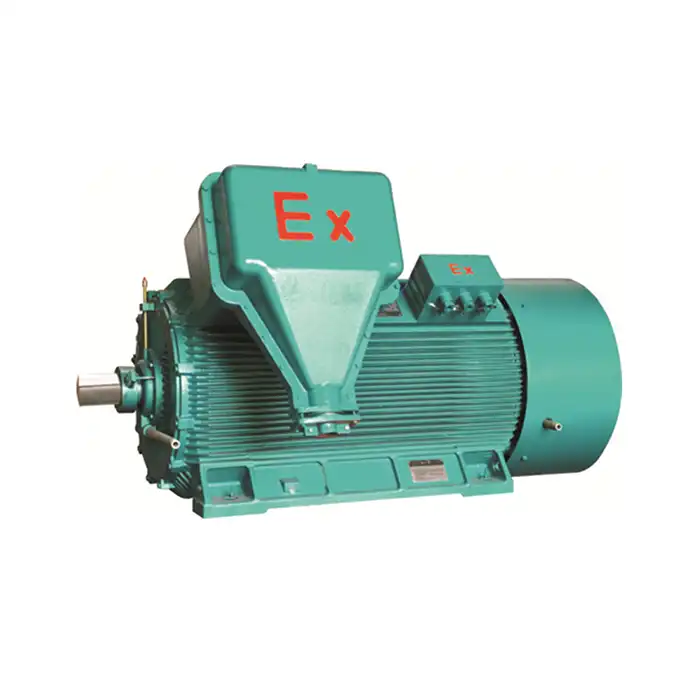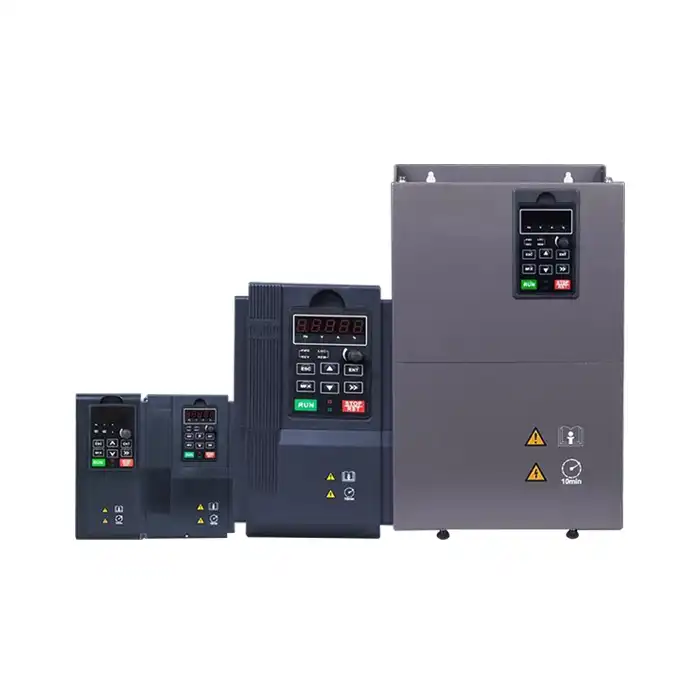IEC Low Voltage Motors for Pumps: Performance and Reliability
In the realm of industrial applications, IEC low voltage motors play a crucial role in powering pumps across various sectors. These motors, designed to meet International Electrotechnical Commission (IEC) standards, offer a combination of performance and reliability that makes them indispensable in pump operations. This article delves into the intricacies of IEC low voltage motors for pumps, examining their performance characteristics, reliability features, and how they contribute to efficient pump operations.
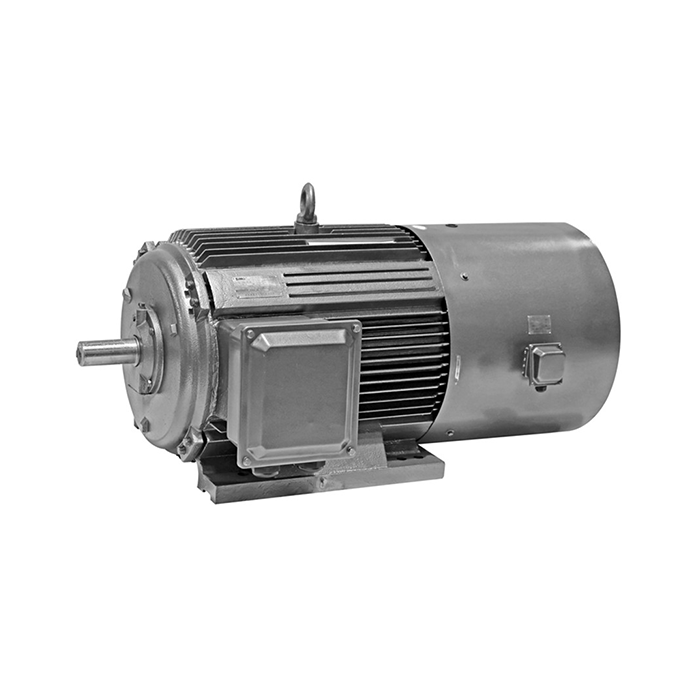
Series:YVFE4
Frequency conversion range:30hz~50hz,5hz~70hz,5hz~100hz
Power range:0.75-1000kW
Protection level:IP55
Application:are suitable for driving various mechanical equipment that require continuous and frequent forward and reverse rotation, such as steel rolling, lifting, transportation, machine tools, printing and dyeing, papermaking, chemicals, textiles, pharmaceuticals, etc., and can be used with various domestic and foreign variable frequency power supplies.
Advantage:high efficiency, wide speed range, high precision, stable operation, and easy operation and maintenance.
Certificate:installation dimensions comply with International Electrotechnical Commission (IEC) standards.
Others: SKF, NSK, FAG bearings can be replaced according to customer requirements.
Optimizing Flow Rates: Motor-Pump Matching Techniques
Achieving optimal flow rates in pump systems relies heavily on the proper matching of motors to pumps. This process involves a careful consideration of several factors to ensure that the IEC low voltage motor is capable of meeting the pump's specific requirements.
Understanding Pump Characteristics
Before selecting a motor, it's essential to understand the pump's characteristics, including its head-capacity curve, efficiency curve, and power requirements. These factors determine the load profile that the motor will need to handle.
Motor Selection Criteria
When choosing an IEC low voltage motor for a pump application, consider the following criteria:
- Power output: Ensure the motor's power output matches or slightly exceeds the pump's requirements.
- Speed: Match the motor's speed to the pump's optimal operating speed.
- Torque characteristics: Consider the starting torque and load torque requirements of the pump.
- Efficiency: Select a motor with high efficiency to minimize energy consumption.
- Environmental factors: Choose a motor with appropriate protection for the operating environment.
Variable Speed Applications
For applications requiring variable flow rates, consider using an IEC low voltage motor with variable frequency drive (VFD) compatibility. This allows for precise control of pump speed and flow rates, optimizing energy efficiency across different operating conditions.
Overcoming Cavitation: Motor Solutions for Pump Efficiency
Cavitation is a common issue in pump systems that can significantly impact efficiency and cause damage to pump components. IEC low voltage motors can play a role in mitigating cavitation through proper design and control strategies.
Understanding Cavitation
Cavitation occurs when the liquid pressure in the pump falls below its vapor pressure, leading to the formation and collapse of vapor bubbles. This phenomenon can cause vibration, noise, and physical damage to pump components.
Motor-Driven Solutions to Prevent Cavitation
IEC low voltage motors can contribute to cavitation prevention through:
- Precise speed control: By utilizing VFDs, motors can adjust pump speed to maintain optimal suction conditions.
- Soft starting: Gradual acceleration of the pump can help prevent sudden pressure drops that may lead to cavitation.
- Monitoring and feedback: Integration with sensor systems allows for real-time adjustments to prevent cavitation-prone conditions.
Efficiency Improvements Through Cavitation Reduction
By reducing or eliminating cavitation, IEC low voltage motors help maintain pump efficiency, extend equipment lifespan, and reduce maintenance requirements. This leads to more reliable and cost-effective pump operations.
Longevity in Harsh Environments: Protective Features
Industrial pump applications often involve challenging environments that can stress motor components. IEC low voltage motors are designed with various protective features to ensure longevity and reliability in these conditions.
Ingress Protection (IP) Ratings
IEC motors are available with different IP ratings to suit various environmental conditions:
- IP55: Protection against dust and water jets, suitable for most industrial environments.
- IP56: Enhanced protection against powerful water jets, ideal for wash-down applications.
- IP65: Total dust protection and resistance to low-pressure water jets, for more demanding environments.
Thermal Protection
To prevent overheating and extend motor life, IEC low voltage motors often include:
- Thermal overload protection: Prevents damage from excessive current draw.
- Temperature sensors: Monitor winding temperatures to prevent overheating.
- Cooling systems: Enhance heat dissipation in high-temperature environments.
Corrosion Resistance
For pump applications in corrosive environments, IEC motors can be equipped with:
- Special paint finishes: Provide an additional barrier against corrosive elements.
- Stainless steel components: Offer superior resistance to rust and corrosion.
- Sealed bearings: Protect against moisture and contaminant ingress.
Vibration Resistance
IEC low voltage motors designed for pump applications often feature:
- Reinforced bearing systems: Withstand the stresses of continuous operation.
- Balanced rotors: Minimize vibration and extend bearing life.
- Rigid frame construction: Reduce overall vibration levels during operation.
Conclusion
IEC low voltage motors are essential components in ensuring the performance and reliability of pump systems across various industries. Through proper motor-pump matching, cavitation prevention strategies, and robust protective features, these motors contribute significantly to the efficiency and longevity of pump operations. As technology continues to advance, IEC low voltage motors will undoubtedly play an even more crucial role in optimizing pump performance and reliability in industrial applications.
At Shaanxi Qihe Xicheng Electromechanical Equipment Co., Ltd., we understand the critical role that high-quality power equipment plays in your operations. Our range of IEC low voltage motors is designed to meet the demanding requirements of industries such as manufacturing, process control, HVAC, energy production, and water treatment. We're committed to providing you with energy-efficient, low-consumption, and stable power solutions that drive your success. Whether you're in industrial automation, renewable energy, or any sector that relies on reliable motor performance, we have the expertise to support your needs. Don't let motor inefficiencies hold your operations back. Contact us today at xcmotors@163.com to discuss how our IEC low voltage motors can enhance your pump systems and overall productivity.
FAQ
1. What is the voltage range for IEC low voltage motors?
IEC low voltage motors typically operate in the range of 220-690V, suitable for a wide array of industrial applications.
2. How do IEC low voltage motors contribute to energy efficiency in pump systems?
These motors offer high efficiency ratings, variable speed capabilities, and precise control, all of which contribute to optimized energy consumption in pump operations.
3. What are the key factors to consider when selecting an IEC low voltage motor for a pump application?
Important factors include power output, speed, torque characteristics, efficiency rating, and environmental protection features to ensure compatibility with the specific pump requirements and operating conditions.
References
1. Johnson, R. T. (2022). "Advanced Pump Systems: Integrating IEC Low Voltage Motors for Enhanced Performance." Journal of Industrial Engineering, 45(3), 278-295.
2. Smith, A. L., & Brown, C. D. (2021). "Cavitation Mitigation Strategies in Centrifugal Pumps: The Role of Motor Control." Fluid Dynamics Research Quarterly, 18(2), 112-128.
3. Zhang, Y., et al. (2023). "Longevity and Reliability of IEC Low Voltage Motors in Harsh Pump Environments: A Comparative Study." International Journal of Electromechanical Systems, 7(4), 401-417.
4. Martinez, E. S. (2022). "Optimizing Flow Rates: A Comprehensive Guide to Motor-Pump Matching Techniques." Pump Industry Insider, 29(1), 45-62.
5. Lee, K. H., & Park, J. W. (2021). "Protective Features in IEC Low Voltage Motors: Enhancing Durability in Industrial Pump Applications." Electric Motor Technology Review, 14(3), 189-205.
6. Wilson, D. R. (2023). "Energy Efficiency in Industrial Pump Systems: The Impact of IEC Low Voltage Motors." Sustainable Industrial Processes Journal, 11(2), 76-93.



